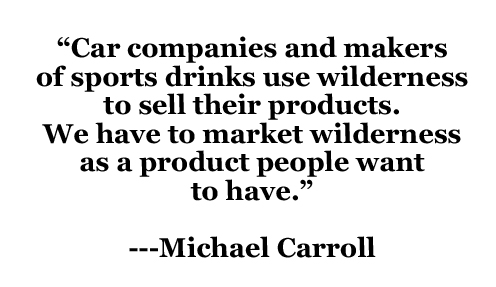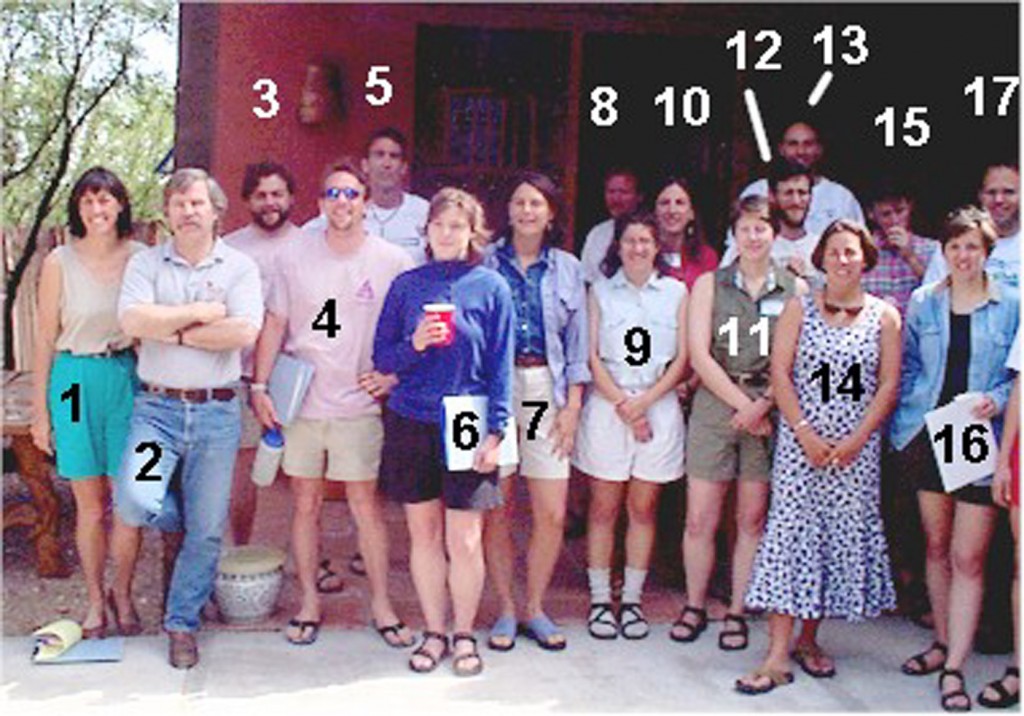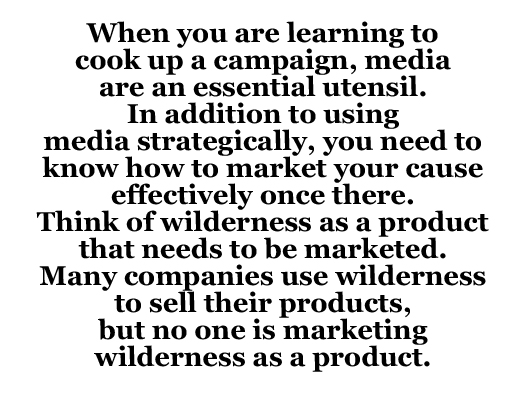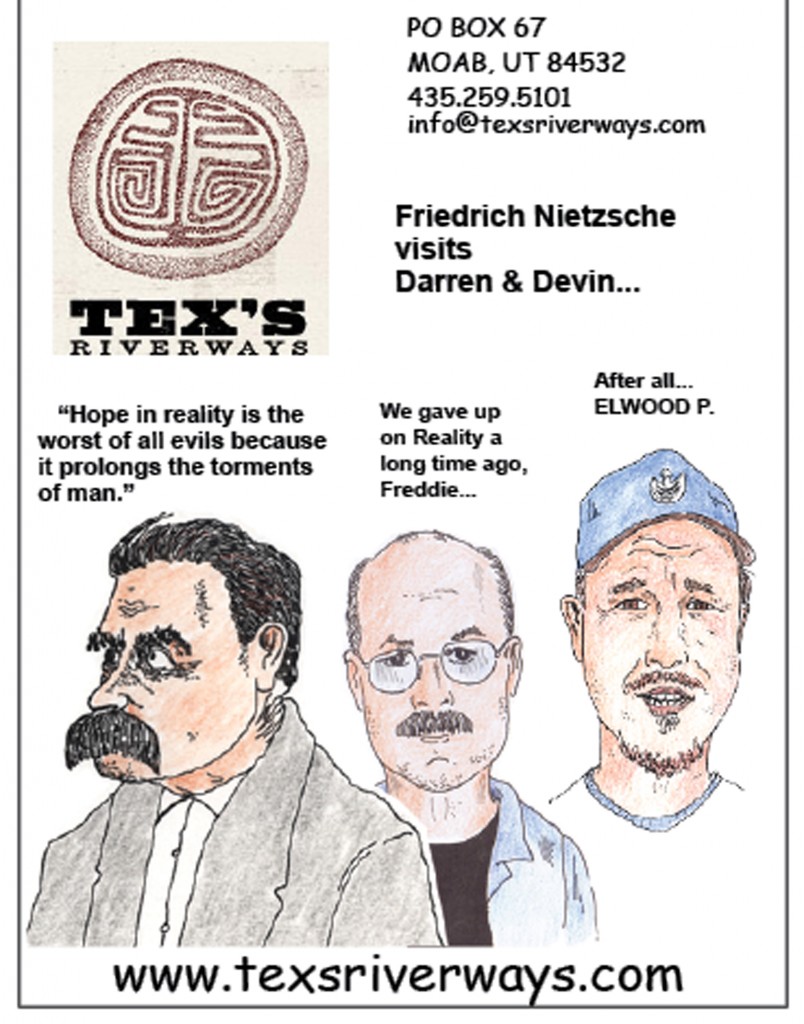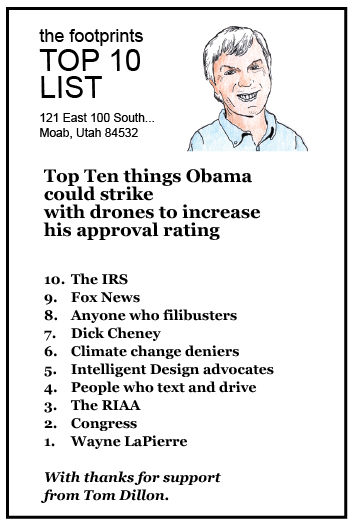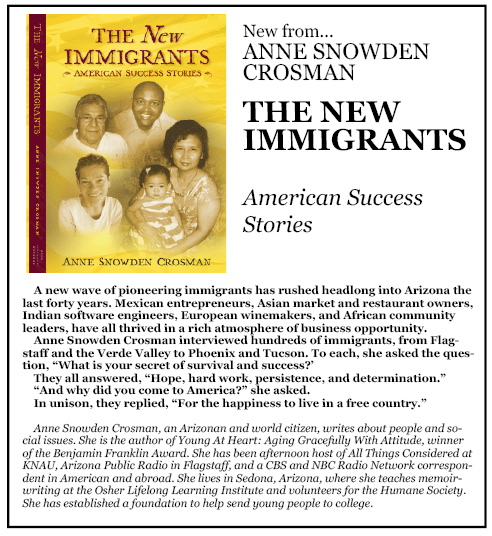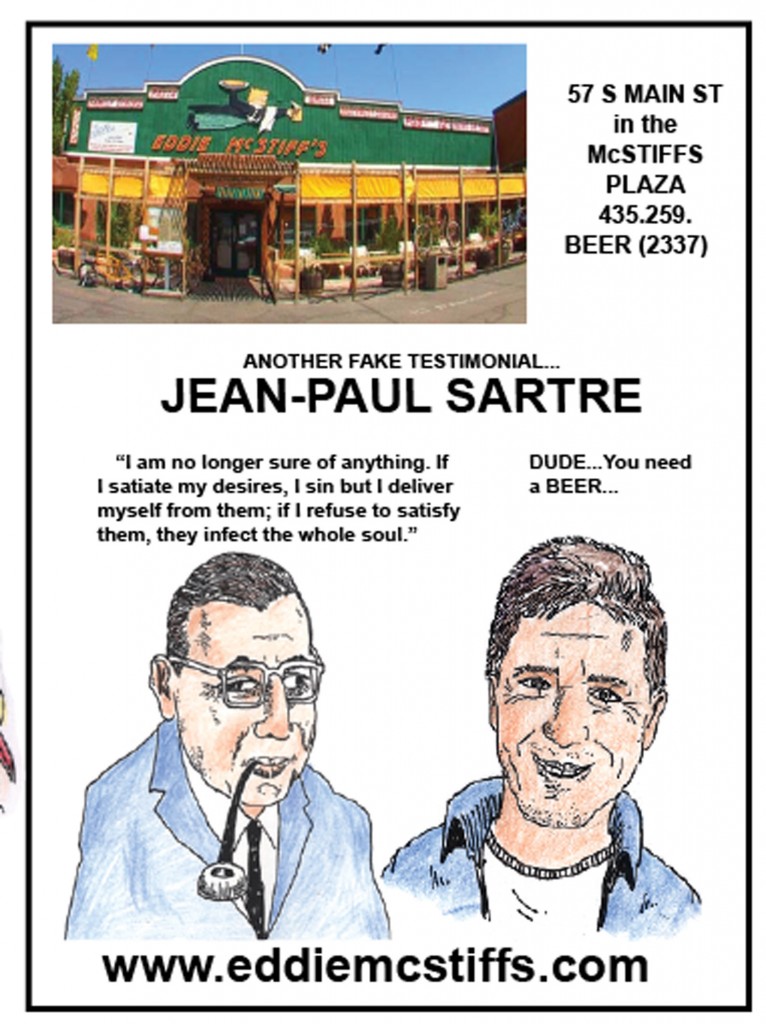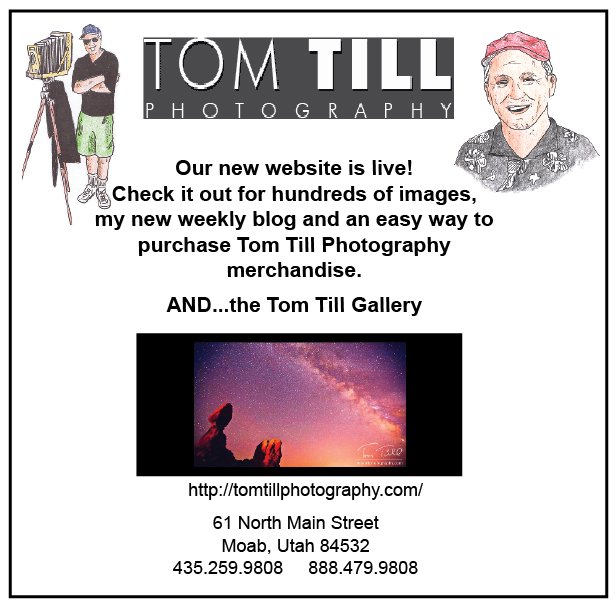May 22-24, 1998…Rex Ranch, Arizona
http://www.jmccomb.com/mentor/
EDITOR’S NOTE: This page, in its entirety, is an excerpt from a 1998 “wilderness mentoring conference” that occurred 15 years ago, on May 22-24, 1998 at Rex Ranch, Arizona. This portion of their report features “The Role of Media in Wilderness Campaigns,” but the entire document is fascinating to read.
visit the web site: http://www.jmccomb.com/mentor/
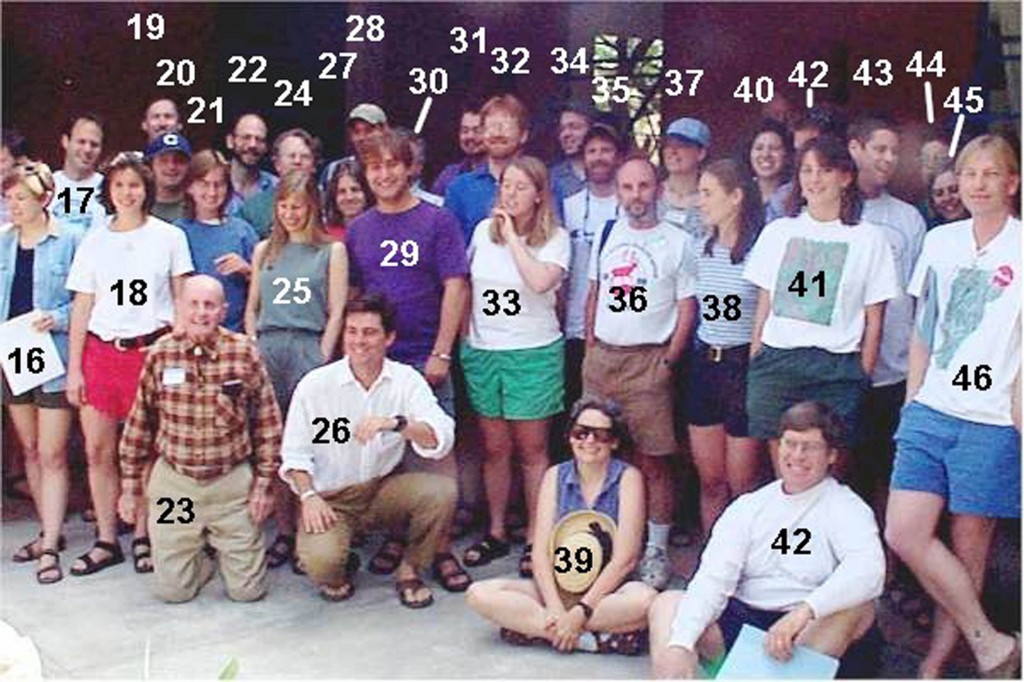
All photos c/o http://www.jmccomb.com/mentor/. Pictured, 1-Maggie Fox, 2-Bart Koehler, 3-Marc Wheeler, 4-Todd Tucci, 5-John Leary, 6-Jill Duryee, 7-Amy Schlachtenhaufen, 8-? , 9-Bethanie Walder, 10-Cindy Shogan, 11-Wendy Whitehorn, 12-Andy Holdsworth, 13-Tom Uniack, 14-Vic Simarano, 15-Mike Leahy, 16-Amelia Jenkins, 17-Adam Kolton, 18-Courtney Cuff, 19-Jay Nelson, 20-Trevor Fitzgibbon, 21-Anne Martin, 22-Russ Shay, 23-Ernie Dickerman, 24-Brooks Yeager, 25-Marilyn Twitchell, 26-Tom Price, 27-Kristin DeBoer, 28-Dan Smuts, 29-Scott Anaya, 30-Doug Scott, 31-Michael Carroll, 32-Steve Kallick, 33-Sara Callahan, 34-David Ellenberger, 35-Tim Bristol, 36-Lenny Kohm, 37-Jessica Hamilton, 38-Baret Pinyoun, 39-Debbie Sease, 40-Jennnifer Lyons, 41-Diana Rhoades, 42-Pat Higgins, 43-John Adams, 44-Katie Deuel , 45-Mary Frances Repko, 46-Jeremy Sheaffer, 47-Jeff Geller, 48-Melyssa Watkins, 49-Brian O’Donnell, 50-, 51-Kelly Burke, 52-Pete Kolbenschlag, 53-Tim Mahoney, 54-Kim Crumbo (behind post), 55-Mike Matz
Not pictured: Michael Kellett, Jack Humphrey, John McComb, Brant Calkin, Caroline Byrd, Kathleen Fitzgerald
The Role of Media in
Wilderness Campaigns
“Car companies and makers of sports drinks use wilderness to sell their products. We have to market wilderness as a product people want to have.”
—Michael Carroll
Media play an important and necessary role in a wilderness campaign. Indiscriminate use of media can harm your campaign; careful and strategic use can aid it. The latter cannot be accomplished without careful analysis.
This chapter offers suggestions, cautions, and statistics to help you decide on the best ways to use media to bolster your campaigns:
Defining media
Using the media strategically
Getting into the media
Marketing wilderness
Defining Media
Media are agencies of mass communication such as newspapers, magazines, radio, television, and the Internet. These agencies offer many tools for wilderness advocates such as press releases, editorials, advertisements, and articles. There are two types of media.
Earned media. An example of this is an editorial or an article written by a reporter.
Paid media. An example of this is a radio spot or a magazine advertisement that you purchase.
How North Americans use media
(from Enough is Enough)
Identify television as their main source of news 65%
Think television is the most believable news source 49%
Own televisions 98%
Read newspapers 63%
Listen to radio at work 53%
Listen to radio in the morning 66%
Listen to radio in their car 77%
In addition to the above statistics, note that there is a combined readership of 62.6 million people for 16,000 daily newspapers.

Using the Media Strategically
Using the media can be an expensive and very public venture. As a result, you have to approach the media in a strategic and careful manner. If you don’t, publicity of any sort can harm, rather than help, your campaign. Remember, you don’t have to talk to media if you are not ready, or if it’s not in your best interest to do so. Here are some tips for using media to help your campaign:
Research the media. Figure out who might be on your side and which reporters are sympathetic to causes like your own. At the same time, know your opponents. Stay on top of television, radio, magazine, and newspaper coverage.
Weigh its cost and value against your other issues. Before you make a decision to use media, ask yourself these questions: Is media coverage the best use of your money? Will this bite out of your budget weaken your efforts elsewhere in the campaign? For example, will there be less money for training your team?
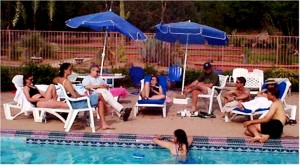 Be realistic about the time it’s going to take. Representing yourself well in the media takes a great deal of practice. If you are careless about it, your message can be garbled, misunderstood, or misrepresented. This can cause irreparable harm to your campaign. Take the time to be able to present your cause in a positive way. Practice your presentation. Ask people to evaluate it.
Be realistic about the time it’s going to take. Representing yourself well in the media takes a great deal of practice. If you are careless about it, your message can be garbled, misunderstood, or misrepresented. This can cause irreparable harm to your campaign. Take the time to be able to present your cause in a positive way. Practice your presentation. Ask people to evaluate it.
Realize that not all news is good news. All publicity is not necessarily good. A story that is based on some and not all of the facts, for example, can cause you to lose rather than gain supporters. Your public image is very important to your campaign. If you are not prepared when a reporter interviews you, your portrayal in the media can make people assume that you are careless and not to be taken seriously.
Give your stories a positive spin. No one wants to read a defensive diatribe. Instead, focus on the positive aspects of your campaign. Let readers, listeners, or viewers know what’s in it for them if they join forces with you.
Note that just getting media is not enough. Let people know when your piece will be on the air. Advertise your advertising by word of mouth, phone, mail, e-mail, and posted signs and notices. Cut copies of favorable editorials and articles and keep them in a scrapbook for people who might have missed them. Tape television and radio spots for future use and evaluation.
Target specific audiences. If the support of certain groups will help your cause, target them. For example, if you want chain stores to start recycling their paper, see if you can get an article in Chain Store Age.
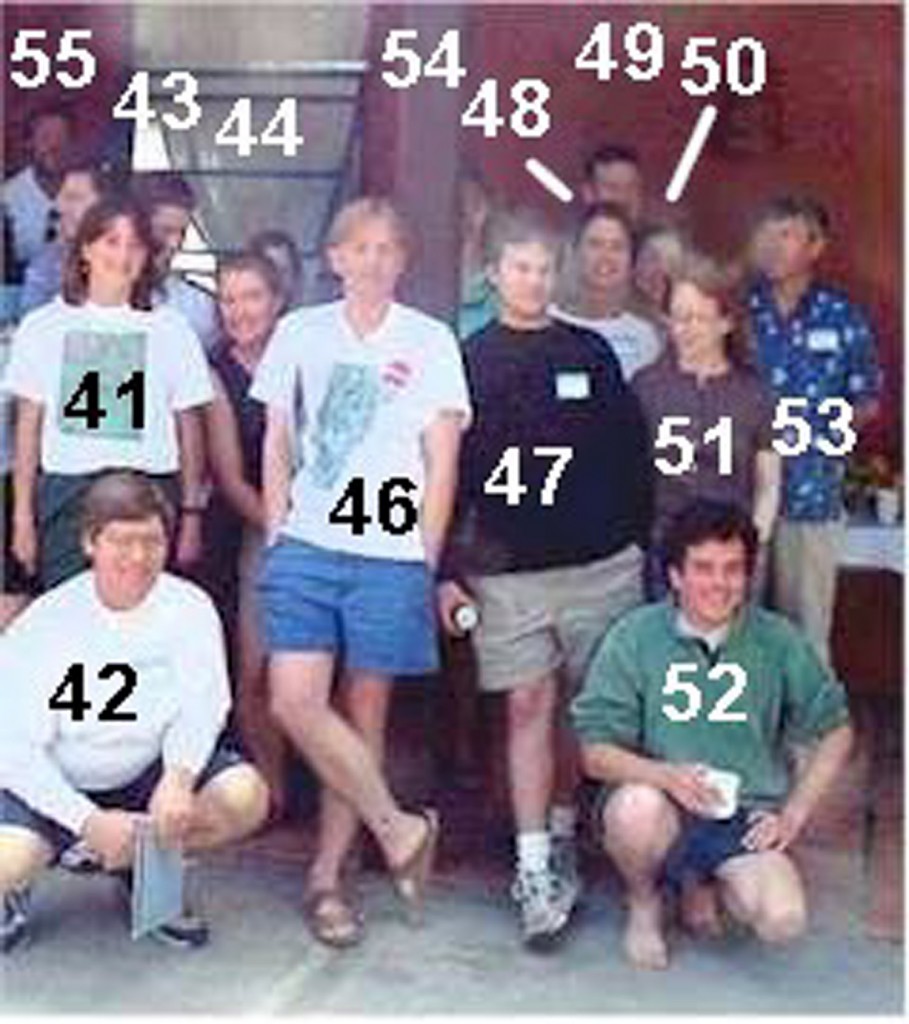
Getting into the Media
One big part of being media savvy is knowing not only where to place your message, but how to get it placed.
Collect and share your clips. Build a portfolio that contains your media clips. Make it available to your staff, communities, coalitions, congressional staff, and reporters.
Use coverage in one place to get into another. If you manage for example, to get a story on the Op-Ed page of The New York Times, other newspapers may pick it up and run it verbatim.
Create relationships with reporters. Don’t wait for reporters to come to you. Contact reporters and market yourself and your cause to them. Ask them to write editorials and/or articles about your cause. Use smart lobbying skills when you speak to them. Be polite. Return their calls promptly. If you can, give them tips about good stories elsewhere. They’ll appreciate it, remember you, and come back to you.
Widen your availability. Don’t just aim for newspaper coverage. Talk to local radio show hosts and see if they can interview you. Ask local groups to run a story in their newsletters. Look for local weeklies that can support your cause with an ad or a story. Brainstorm good coverage ideas.
Videotape your congressional co-sponsor. Have your House or Senate co-sponsor speak about your issue on the floor before 3:00 p.m. Video feed the spot to newspeople so it is available for that evening’s local news. The representative will provide the video feed and may pay for it. Before you do this, research where the issue is relevant, talk to stations about coverage availability, get other footage related to your issue, and have a local wilderness spokesperson available for an interview.
Use “Presponse.” Call the media before you stage an event.
Hold a press conference. Anyone or any group can call a press conference. The trick is to have a hook that will attract the media. To do this, you need to know your local media. If you can tie your press conference to an event (e.g., an oil spill happens in your bay), you have a good chance of getting coverage.
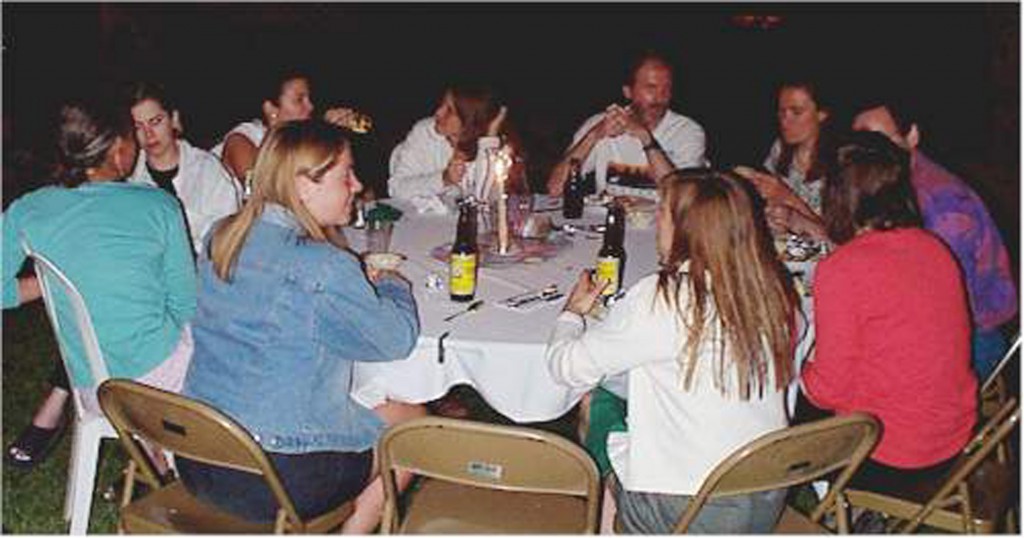
When you are learning to cook up a campaign, media are an essential utensil. In addition to using media strategically, you need to know how to market your cause effectively once there. Think of wilderness as a product that needs to be marketed. Many companies use wilderness to sell their products, but no one is marketing wilderness as a product. Here are some things you can do to market wilderness:
Get people’s attention. Use an unexpected messenger to get your message across. Do something unexpected and unique. Gimmicks can be very effective for capturing people’s attention, as long as you don’t let your gimmick overshadow your message. For example, whether you like the idea or not, the Forest Service has effectively used Smokey the Bear as a spokesperson for preventing forest fires.
Market to unlikely supporters. Look at more than your target audience. Don’t just advertise your cause to people who are likely to agree with you. Instead, target a wide range of people and speak to the concerns of all audiences, particularly those that might be a hard sell.
Use a catchy slogan. Use alliteration or a clever rhyme to make a slogan stick in people’s head. For example, many years ago, the line, “Don’t be a litterbug,” made people more aware of their littering habits.
Get help from associations. Ask sympathetic local and national associations to support your cause. They might have a marketing budget that could be used to advertise your ideas, a mailing list you could borrow, or a newsletter that could include a story about your campaign.
Appeal to people’s interests. Use marketing to let people know how a certain initiative will help them in particular. For example, get families’ attention by talking about their children’s future.
Alerts to endorse your “product.” Ask a scientist, a geologist, or any pertinent expert to help market your campaign. Maybe they will let you quote them or refer to them in an article or ad.
Develop a spokesperson. Get people used to a recognizable, quotable, and believable spokesperson. If Joe Movie Star thinks saving the wilderness is a good idea and is vocal about it, his support might be enough to convince some people to back you. Who is a local hero in your city or town? Might he or she be willing to support your cause?
Use other products to sell wilderness. Note the byproducts of protected wilderness, such as clean air, clean water, and pristine places to visit and enjoy.
Contrast real wilderness with fake wilderness. Show how much better the real thing is than Disney or cyberspace, for example.
Take back your leaders’ quotes. Many companies that don’t seem to have the best interests of wilderness in mind, such as ATV manufacturers, often cleverly use quotes of well-known wilderness advocates to sell their products. Use quotes (e.g., John Muir’s) in a context that supports saving wilderness.
Make it funny. People like humor. Make good-natured jokes about anti-wilderness initiatives. People also like the possibility of good times. Show people having fun in the wilderness.
The media give you a powerful and necessary tool for wilderness advocacy.
Learn to be savvy, inventive, and creative with media. Be prepared to present yourself and your cause in a positive manner. Develop relationships with reporters and use your best lobbying skills to get them on your side. Track, save, and create a portfolio of your media pieces. Always be on the lookout for clever ways to market wilderness.
********
UPDATE: In 2018, we discovered that the links to the Wilderness Mentoring Conference page were broken. We’ve updated the links above to direct to a cached version of those pages.
To read the PDF version of this page, click here and here.
Don’t forget the Zephyr ads! All links are hot!


